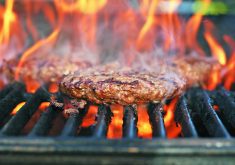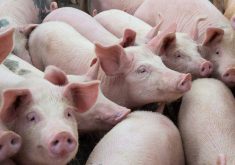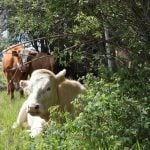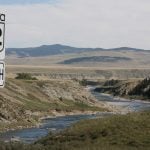Water has been on our minds lately. There’s too much of it coming from above in southern Alberta at the moment, and there’s too much of it down below, in the groundwater and in flooded areas, across much of the Prairies.
Water was also the topic of a two-day conference in Lethbridge last week that I covered for the Producer.
With all that water on the brain, a news release today caught my eye, issued by the Commonwealth Scientific and Industrial Research Organization (CSIRO). It’s Australia’s science organization that does all kinds of interesting and often agriculturally related research.
Read Also
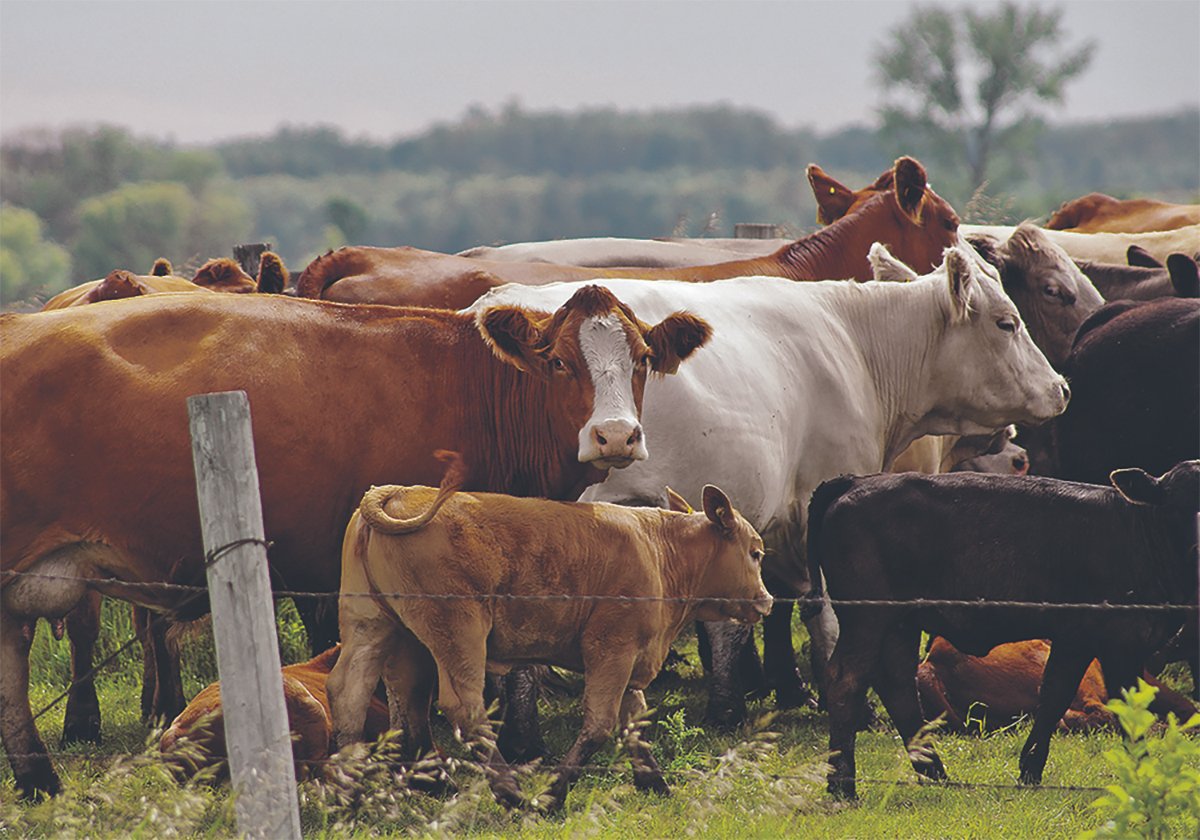
High prices see cow-calf producers rushing to incorporate
Farm accountants are reporting a steady stream of cow-calf producers rushing to get their operations incorporated ahead of selling their calves this fall.
The CSIRO chose China’s Geheyan Dam as its initial model. If breached, this dam could potentially release 3.12 billion cubic metres of water. That sounds like a whole lot of H20. And it is. To provide some perspective, Gardiner Dam on Lake Diefenbaker holds 9.4 billion cubic metres when full, according to the Saskatchewan Watershed Authority website, so it is considerably larger than Geheyan. At least, it is if I’m doing my math correctly.
Unlike Gardiner, however, Geheyan is in a region prone to earthquakes, so it is more likely to fail due to natural disaster.
Why bother with a catastrophic scenario? For disaster management planning. Wouldn’t it be interesting to use this model on Lake Dief?




